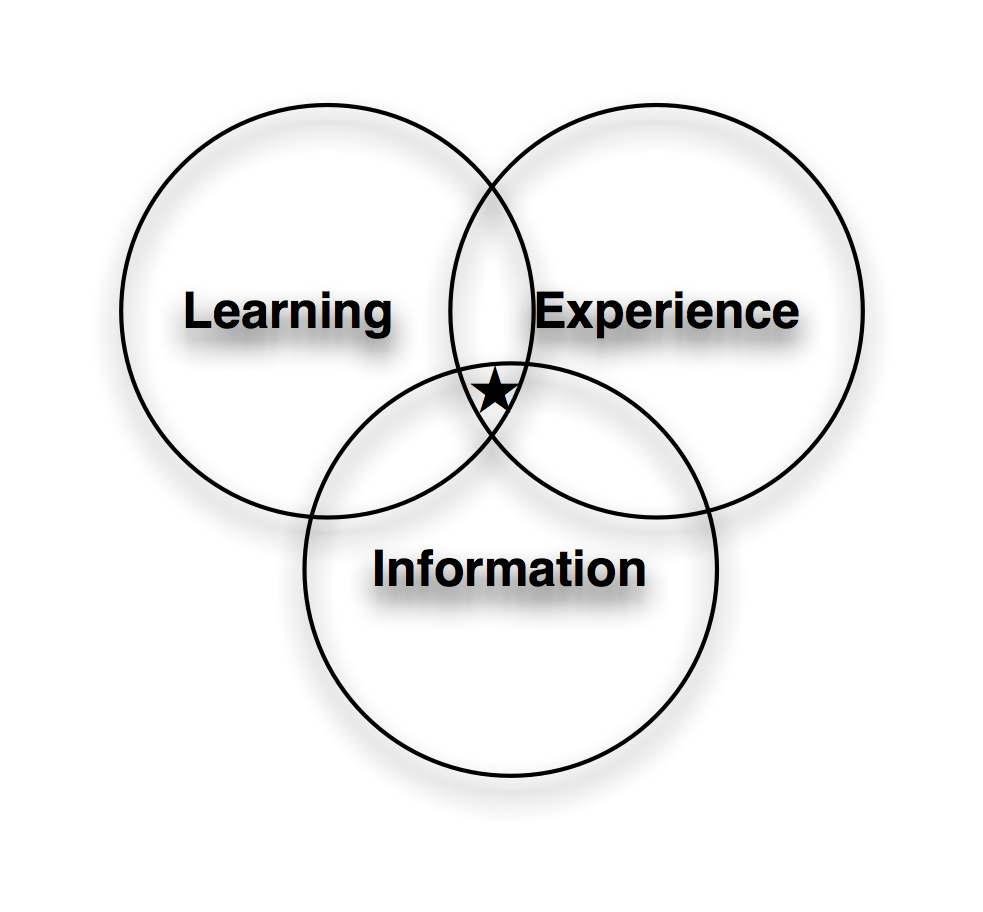 While I’ve lots more to say, I put a short version of my vision of elearning strategy in Michael Allen’s 2009 e-Learning Annual. It’s about both getting the individual elements right, and establishing the connections between the elements to achieve synergy, not irrelevance (or worse).
While I’ve lots more to say, I put a short version of my vision of elearning strategy in Michael Allen’s 2009 e-Learning Annual. It’s about both getting the individual elements right, and establishing the connections between the elements to achieve synergy, not irrelevance (or worse).
This doesn’t include assessments, action plans, or more (I’m planning that for my pre-conference workshop on strategy at ASTD’s International Conference & Exposition), but it does lay out some of the reasoning and history behind the approach, the elements and some of the ways they go right (and wrong), and why they need to be tied together.
The whole book has a wonderful collection of articles. It includes authors like Jay Cross, Karl Kapp, Lance Dublin, Bob Mosher, Ruth Colvin Clark, Marc Prensky, Saul Carliner & Margaret Driscoll, just to mention the ones I’ve met. And important topics like Appreciative Inquiry, Performance Support, ROI, implementation, the value of research for design, virtual world design, and more. It’s a great collection, and recommended.
However, I did want to make my chapter available, and am happy to say that I’ve done so. You can download the article (PDF). I’d welcome your thoughts and feedback.
 However, the community of practice will be responsible for collaboratively developing the content and resources, and the training department will have morphed into learning facilitators: refining the learning, information, and experience design around the community-established content, and also facilitating the learning skills of the community and it’s members. The learning facilitators will be monitoring the ongoing dialog and discussions, on the lookout for opportunities to help capture some outcomes, and watching the learners to look for opportunities to develop their abilities to contribute. They’ll also be looking for opportunities to introduce new tools that can augment the community capabilities, and create new learning, communication, and collaboration channels.
However, the community of practice will be responsible for collaboratively developing the content and resources, and the training department will have morphed into learning facilitators: refining the learning, information, and experience design around the community-established content, and also facilitating the learning skills of the community and it’s members. The learning facilitators will be monitoring the ongoing dialog and discussions, on the lookout for opportunities to help capture some outcomes, and watching the learners to look for opportunities to develop their abilities to contribute. They’ll also be looking for opportunities to introduce new tools that can augment the community capabilities, and create new learning, communication, and collaboration channels.